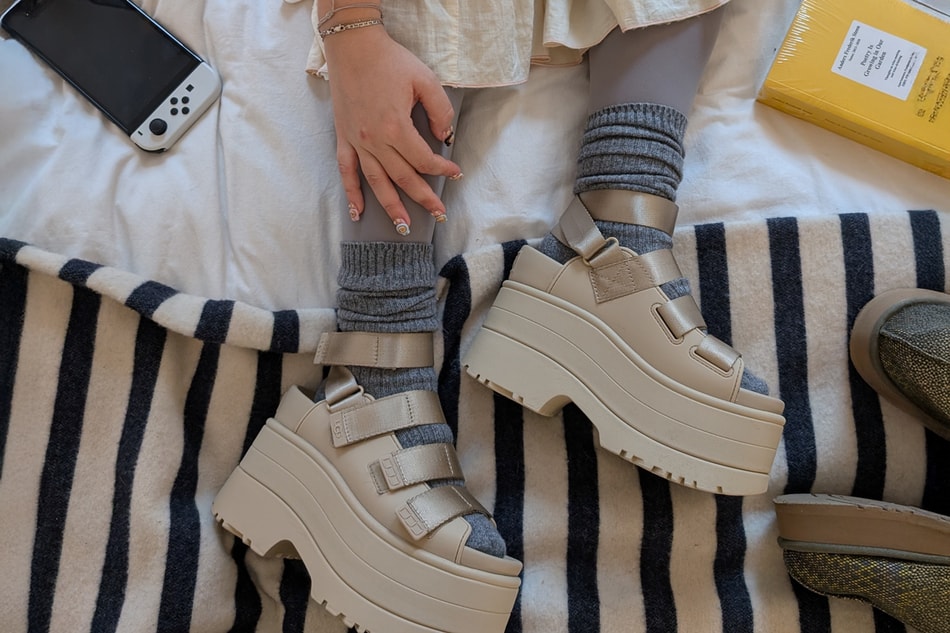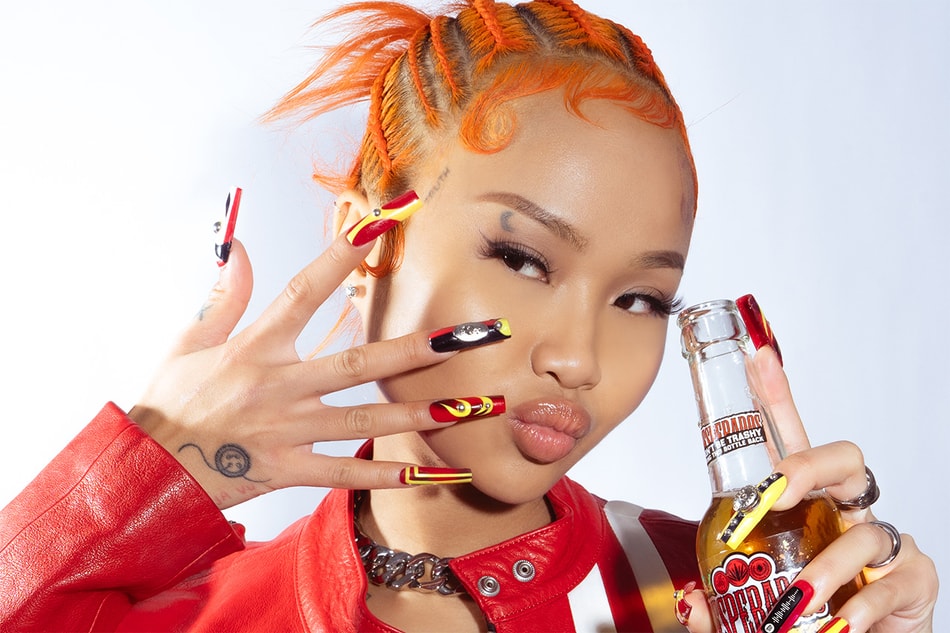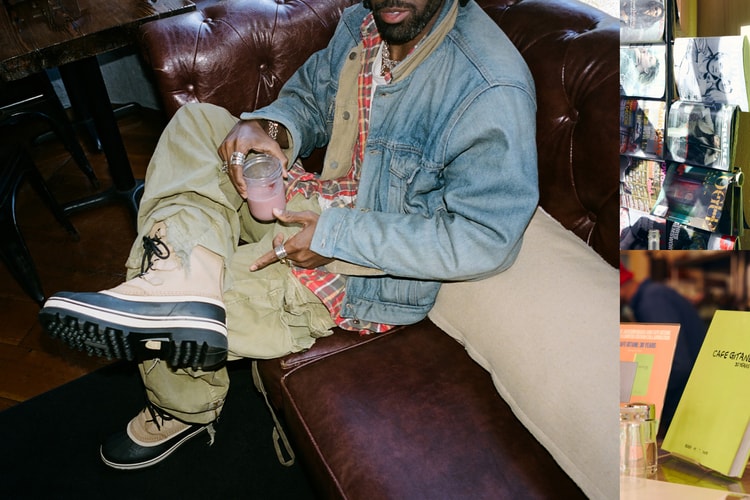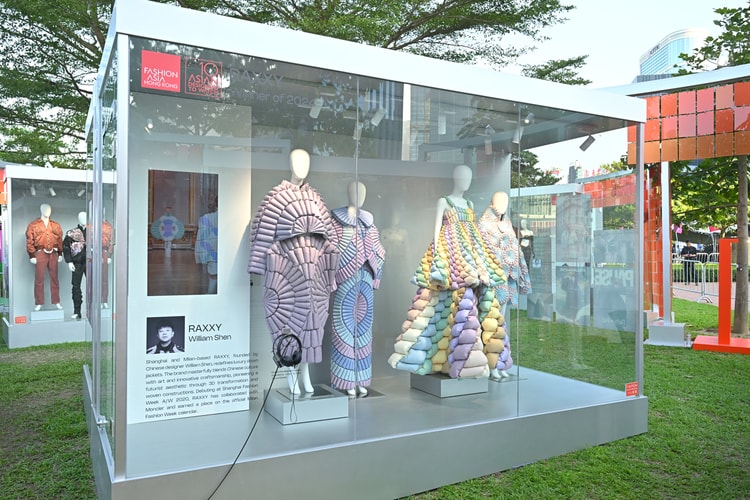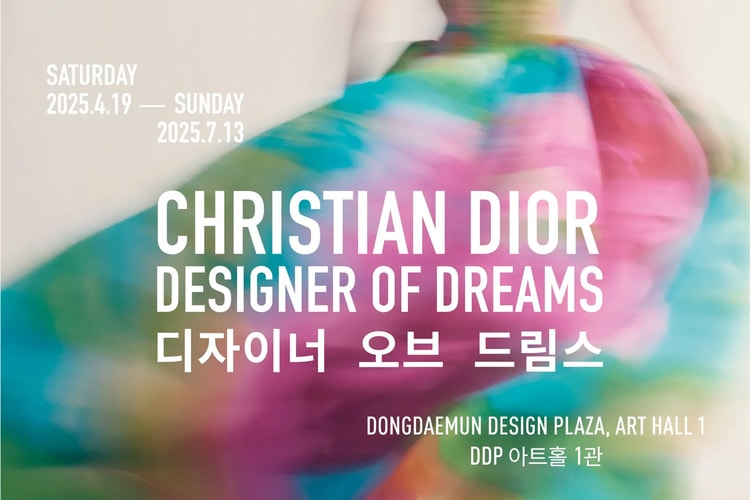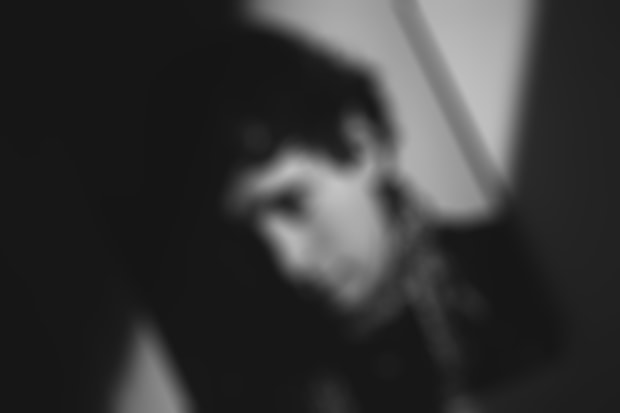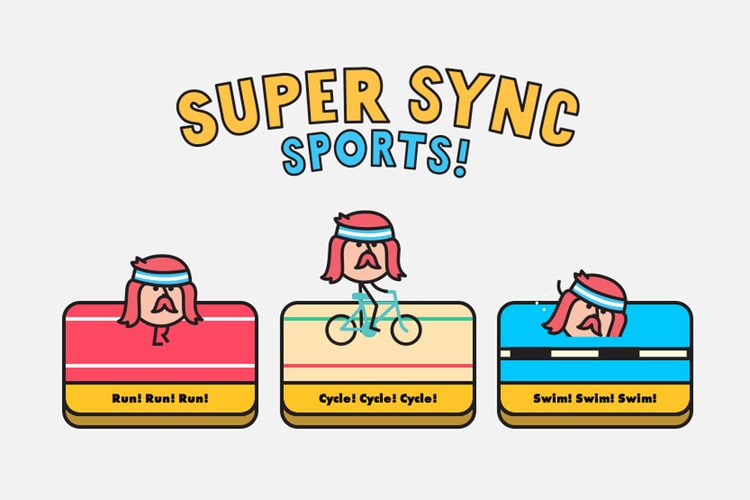Hommy Diaz of Palladium and His Approach to Design
French airplane tire manufacturer turned boot maker Palladium recently welcomed Hommy Diaz to their
French airplane tire manufacturer turned boot maker Palladium recently welcomed Hommy Diaz to their team as their new global product line manager. New York native Diaz, whom we sat down with sometime ago while he was still over at DC Shoes, joined us once again recently to talk about the convergence between his views and experience with functional footwear and Palladium’s long heritage.
What are some of the main differences between designing athletic footwear and something more lifestyle-driven?
I believe designing athletic and lifestyle-driven footwear are one in the same. Functionality is the main purpose at the core of design for all footwear categories. Whether it be to play a sport, explore a city, or a casual night out, if the product is not designed with a functional purpose in mind, chances are the footwear will be uncomfortable to wear. Once functionality is established, the main difference between the two is defined by suitable colors and materials. Although that line between athletic and “lifestyle-driven” footwear has been blurred in recent years like athletic sneakers with tonal premium all-leather uppers in contrast to bright multicolored boots completely constructed out of EVA, this fusion has created great quality footwear grounded in fashion and innovation to mesh both form and function.
What drew you to the Palladium brand?
From a personal experience, I have been accustomed to wearing boots since I was a toddler while growing up in New York City. Boots commonly became a part of my lifestyle by necessity due to those cold NYC winters. In my mid to late teens, I worked at an army and navy store in Queens selling both military and work boots. As a result and to my advantage, I would look forward to the winter as an excuse to buy new pairs of the latest and greatest boots for the fashion show, aka high school. For me, Palladium is a new brand in contrast to the usual suspects that I wore growing up. What drew me to the Palladium brand aside from my love for boots is its authentic European history and innovation. Palladium was founded in 1920 in Lyon, France and originally manufactured vulcanized rubber tires lined with canvas for the aviation industry, supplying Europe’s war planes in WWI and WWII. After the end of WWII with most planes being grounded and/or damaged, Palladium saw the demand of its tires dramatically decrease and approached the adversity as an opportunity to innovate. In 1947 they tapped into their expertise in manipulating rubber and canvas by making boots in those materials. The boots they made were as rugged and durable as the tires they made and were quickly adopted by the legendary French Foreign Legion. The fact that they were good enough for the French Foreign Legion in the past, makes them good enough for me now! Their original boot, the Pampa now has over 65 years of proven authenticity combined with modern performance functionality. The opportunity to join the Palladium team to help reintroduce and educate both current and future generations about the brand and its heritage is worth its weight in gold to me.
With its branding identity seemingly intact, what changes will you bring to Palladium, both in the short-term and thinking into the future?
The brand has an authentic military background rooted in international travel, adventure and discovery. My vision for the brand in the short- and long-term is to leverage its roots and I look forward to implementing stories of Palladium’s heritage across all footwear lines: men’s, women’s and kids. The goal is to continue to make memorable and durable boots by leveraging the performance and focus on the functionality as the highlight of our canvas and waterproof leather offerings.
What are some of your principles when it comes to product design for yourself?
Consistency in detail is a main principle of product design for me. Developing a detailed design language is an effective way to visually communicate with the audience. Consistency will allow a brand to make a big impact with small and simple changes along the way. For instance, if your branding is visually established and recognized by a particular color or color combo, a simple color change can effectively convey a specific message. The change in color will create a visual spark which will demand attention and, in turn, this color change will deliver the message.
Where do you see the market going next year when it comes to boots?
From a materials perspective… currently in Europe we see a classic vintage look emerging stronger than ever with enzyme-washed canvas and burnished leathers. The nostalgic effect on most of the executions look great and wear very well. I believe this trend will begin to trickle in to the U.S. next year.
What are some of the difficulties in forecasting trends?
One of the challenges is to forecast trends for the globe. Trends are never 100 percent in sync between regions. What is trending in London may very well not be trending in New York at the same time. This is where the core of the creative process begins, with an open mind and data to help determine and guide the direction for future seasons.
Any exciting projects coming up in 2013?
Our collaboration with BBC this past holiday season was received exceptionally well and Palladium is excited to have a followup already in the pipeline for later this year. Included in the followup pipeline is a second collection with Richard Chai. I am personally excited about our footwear executions and am confident it will earn the attention of our audience.


